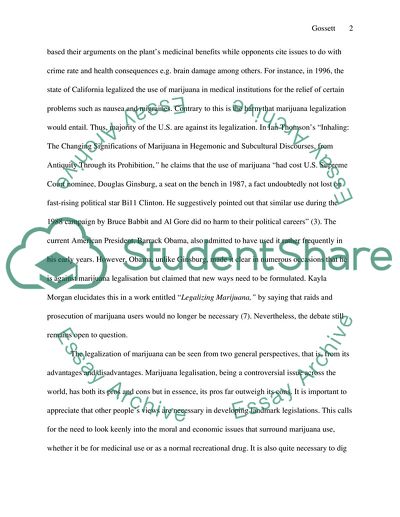Cite this document
(Legalizing Marijuana: For Better or for Worse Research Paper - 1, n.d.)
Legalizing Marijuana: For Better or for Worse Research Paper - 1. Retrieved from https://studentshare.org/health-sciences-medicine/1750595-legalization-of-marijuana-medicinal-purposes-only
Legalizing Marijuana: For Better or for Worse Research Paper - 1. Retrieved from https://studentshare.org/health-sciences-medicine/1750595-legalization-of-marijuana-medicinal-purposes-only
(Legalizing Marijuana: For Better or for Worse Research Paper - 1)
Legalizing Marijuana: For Better or for Worse Research Paper - 1. https://studentshare.org/health-sciences-medicine/1750595-legalization-of-marijuana-medicinal-purposes-only.
Legalizing Marijuana: For Better or for Worse Research Paper - 1. https://studentshare.org/health-sciences-medicine/1750595-legalization-of-marijuana-medicinal-purposes-only.
“Legalizing Marijuana: For Better or for Worse Research Paper - 1”, n.d. https://studentshare.org/health-sciences-medicine/1750595-legalization-of-marijuana-medicinal-purposes-only.


